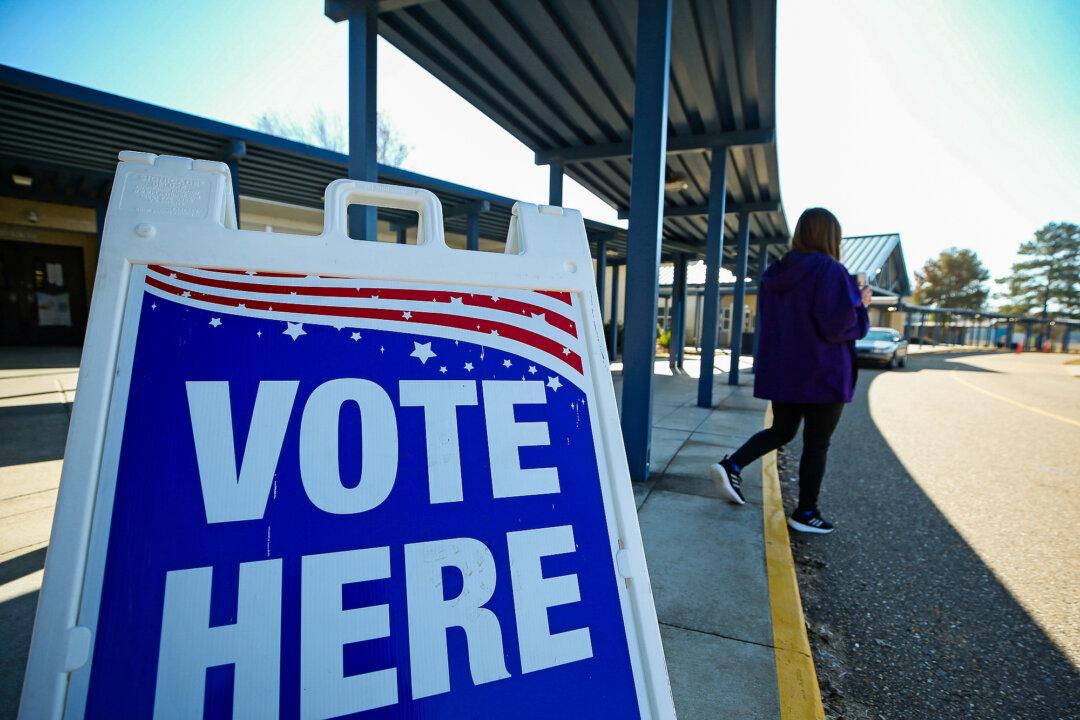A panel of federal judges has thrown out Louisiana’s recently-drawn congressional map that had created a second majority-black district in the state, likely sending the case to the Supreme Court.
In a 2-1 vote on April 30, the three-judge panel of the U.S. District Court in Monroe, Louisiana sided with voters who opposed the new map, finding that it violated the Equal Protection Clause under the 14th Amendment of the Constitution.





